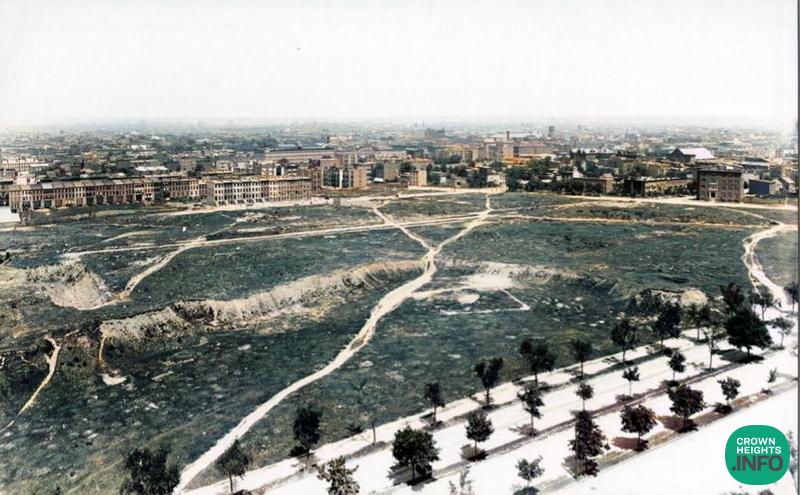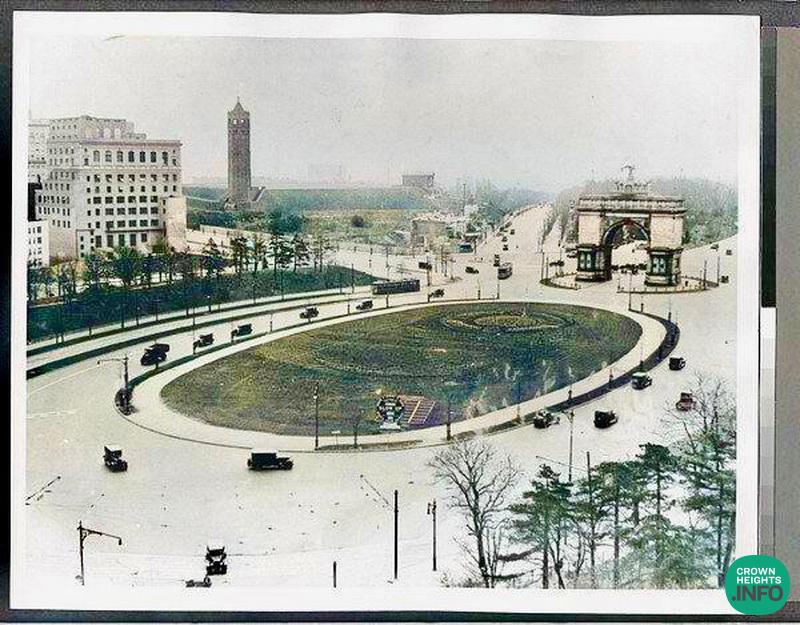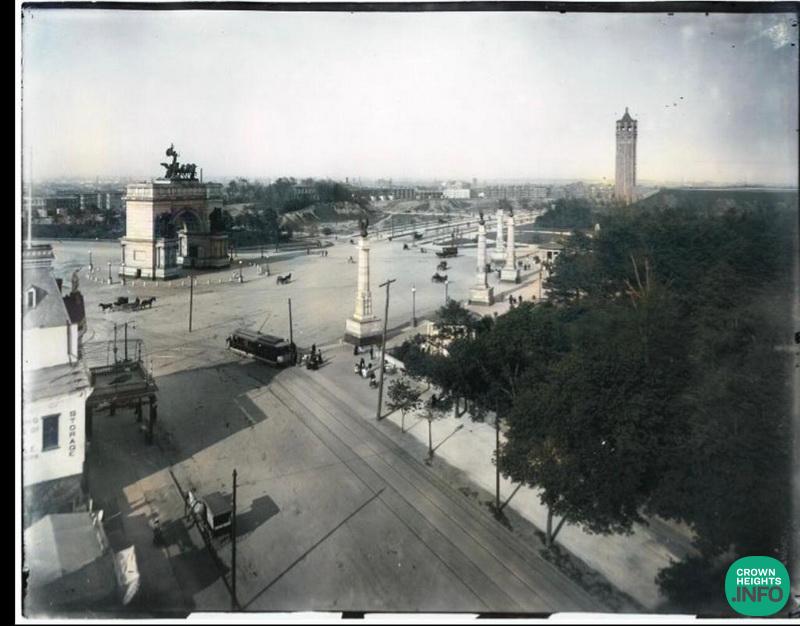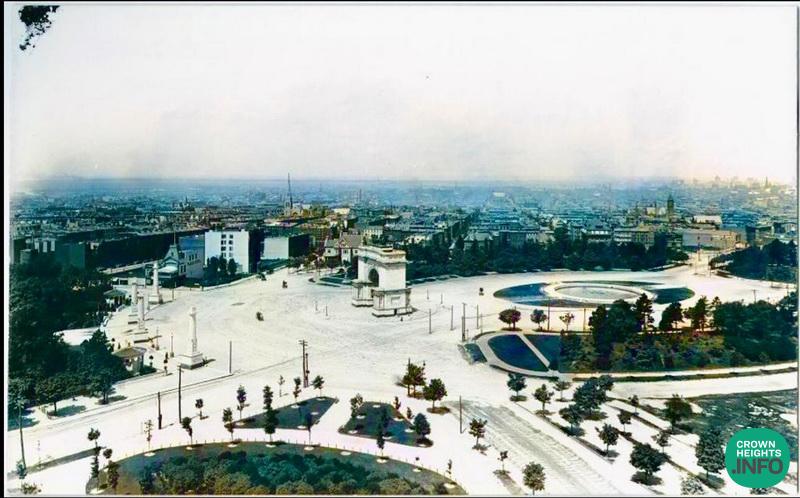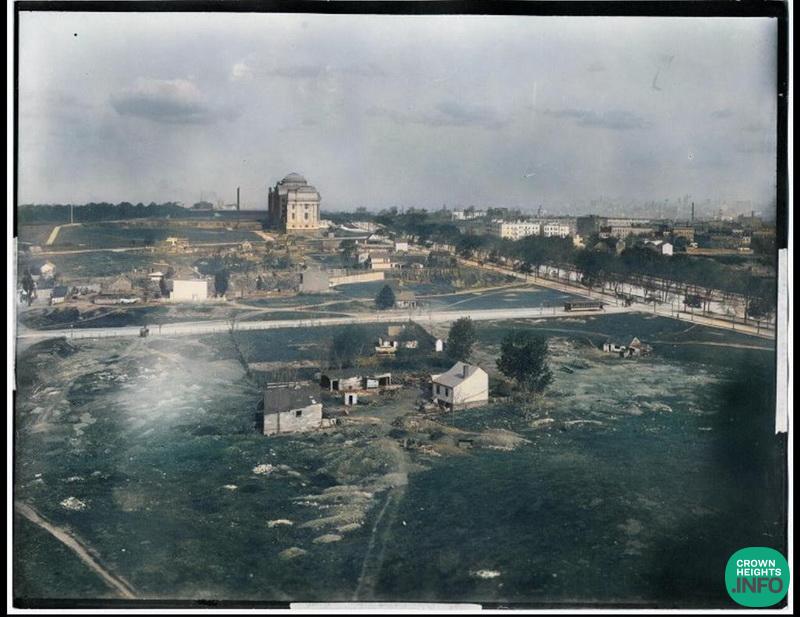
Crown Heights History: Mt. Prospect Reservoir
This series on The History of Crown Heights has been compiled by Instagram account @historyofcrownheights, run by a born and raised Crown Heightser, and shows some of the ongoing research taking place.
Water is the source of life for all peoples and communities. The reservoir mentioned here has been providing water for Crown Heights for many years, playing a vital role in sustaining the community’s needs. It serves as a crucial water source, ensuring access to clean and reliable water for the people living in Crown Heights.
Mount Prospect is the second-highest point in Brooklyn and was used by the Continental Army in 1776 as a lookout point.
In 1856, the City of Brooklyn constructed a reservoir on top of Mount Prospect. The reservoir, spanning 3 1/2 acres, was fed by underground pipes carrying water from the Ridgewood Reservoir in Cypress Hills. Adjacent to the man-made lake stood a pumping station and an imposing 30-foot-tall Gothic tower. The reservoir could hold 20 million gallons of water at a depth of 20 feet.
When Brooklyn merged with other boroughs to form New York City, each borough became part of the City of New York’s Department of Water Supply, Gas, and Electricity. By the 1930s, New York City began sourcing its water from upstate locations such as the Catskills and the Delaware Valley. Consequently, the Mount Prospect Reservoir became obsolete. In 1935, the reservoir was filled in, and the tower was subsequently demolished. The land came under the control of the Parks Department in 1940, leading to the construction of a playground and landscaping efforts. The following year saw the opening of the new Main Branch of the Brooklyn Public Library. Today, the park spans 7.9 acres and encompasses fields and lush greenery, still perched atop the hill.
Mt. Prospect Park was dedicated on May 27, 1939.
